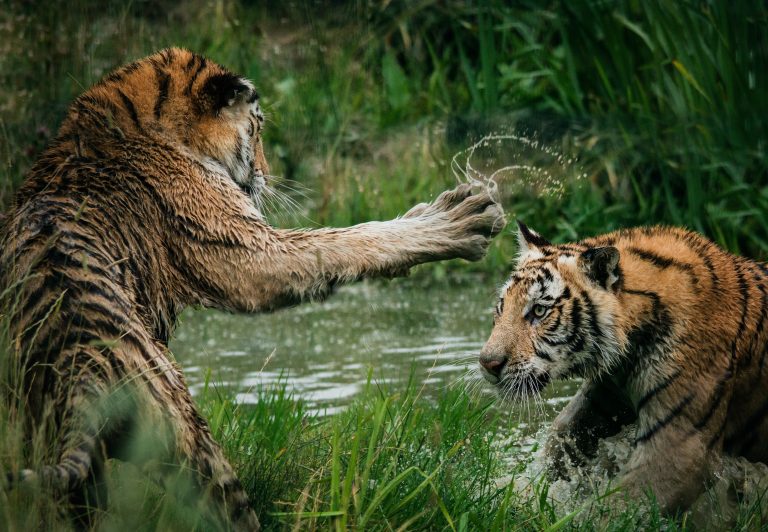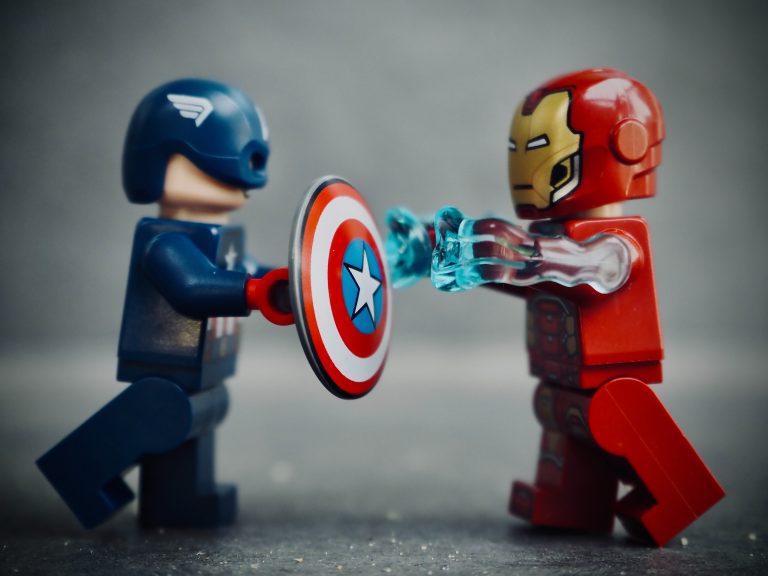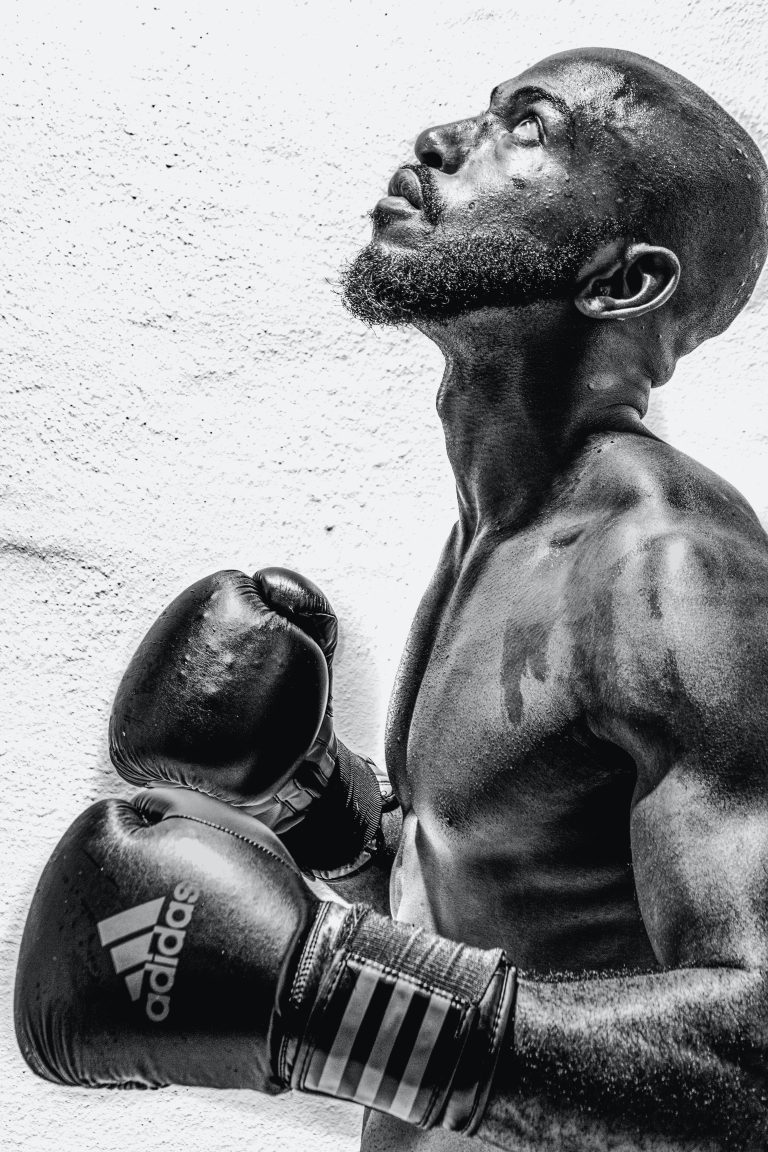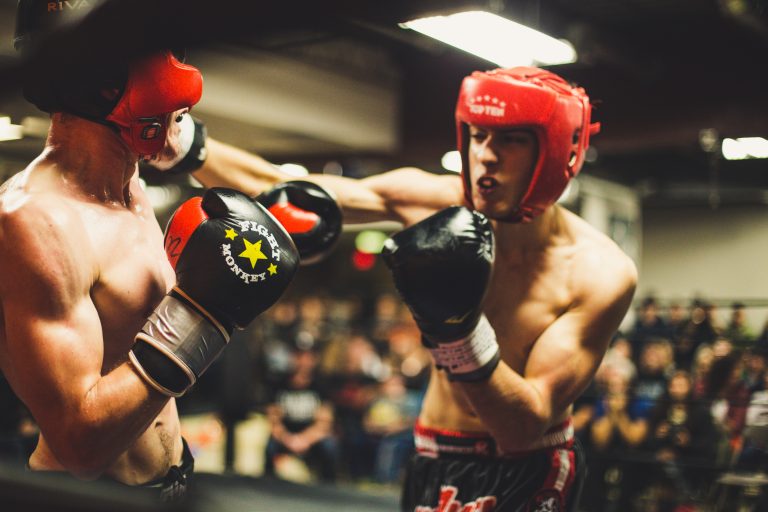The 10 Biggest Myths and Errors About Karate
Karate, a centuries-old martial art developed in Japan, has become a popular sport and a way of life for many people around the world. With its unique combination of physical and mental disciplines, karate has attracted a lot of attention and generated a lot of myths and misconceptions. Here are ten of the biggest myths and errors about karate that you need to know.
Myth #1: Karate is Only About Fighting
One of the biggest myths about karate is that it is all about fighting and violence. In fact, karate is much more than that. It is a way of life that promotes physical and mental health, self-discipline, and respect for others. While karate can be used for self-defense, its true goal is to help people improve themselves and become better human beings.
Myth #2: Karate is Easy to Learn
Another common mistake is to think that learning karate is easy. In reality, karate requires a lot of hard work, dedication, and patience. It takes years of practice and training to become proficient in all aspects of the martial art.
Myth #3: Karate is Only for Kids
Karate is often associated with children’s classes, but this is a myth. Karate can be practiced by people of all ages, from children to seniors. Many adults practice karate to improve their fitness, learn self-defense, or simply for the enjoyment of the sport.
Myth #4: Karate is a Sport
Karate is often described as a sport, but this is not entirely accurate. While karate does have competitive elements, such as sparring and kata demonstrations, it is primarily a martial art and a way of life.
Myth #5: Karate is Only for Men
Karate has traditionally been a male-dominated activity, but this is changing. Today, more and more women are taking up karate for fitness, self-defense, and personal growth.
Myth #6: Karate Is All About Breaking Boards
Breaking boards and other objects is often associated with karate demonstrations, but this is not the only focus of the martial art. Breaking is a way to demonstrate power and control, but it is not an essential part of karate training.
Myth #7: Karate is Too Dangerous
While karate can be a dangerous activity if not practiced properly, it is generally safe when taught by qualified instructors. Proper training and safety equipment can minimize the risk of injury.
Myth #8: Karate is Only for Strong and Athletic People
Karate is not just for strong and athletic people. In fact, many people who practice karate start out with little physical fitness or athletic ability. Karate training can help people improve their physical strength and coordination over time.
Myth #9: Karate is Only About Self-Defense
While self-defense is an important aspect of karate, it is not the only focus of the martial art. Karate training can also help people improve their physical fitness, mental focus, and overall well-being.
Myth #10: Karate Is Outdated and Irrelevant
Some people think that karate is an outdated martial art that has no relevance in today’s world. However, karate continues to be popular around the world, and it has evolved to incorporate new techniques and training methods. Many people practice karate today for fitness, socialization, and personal growth.
In conclusion, karate is a fascinating martial art that has generated a lot of myths and misconceptions over the years. By understanding the realities of karate training, you can gain a better appreciation for this incredible sport and its benefits for physical and mental well-being.
The 10 Biggest Myths and Errors About Karate
Karate is a Japanese martial art that has been around for centuries, but there are still many myths and errors surrounding it. In this blog post, we will debunk the 10 biggest myths and errors about Karate to give you a better understanding of this martial art.
Myth #1: Karate is all about fighting and violence
While Karate involves strikes, kicks, and throws, it is not solely about fighting and violence. Karate teaches discipline, self-control, and respect for others. Students learn to control their emotions and actions, which can help them in everyday life situations.
Myth #2: Karate is only for men
Karate is for anyone who is interested in learning this martial art, regardless of gender. There are many successful female Karate practitioners who have achieved high levels of mastery.
Myth #3: Karate is only for the young
Karate can be learned and practiced by people of all ages, from children to seniors. It is a great way to stay fit and healthy while also learning valuable self-defense techniques.
Myth #4: Karate is too dangerous to practice
Karate can be dangerous if it is practiced without proper supervision and training. However, with the guidance of a qualified instructor and proper safety equipment, the risk of injury is greatly reduced.
Myth #5: Karate is only useful in a traditional setting
While Karate has traditional roots, the techniques taught can be applied in modern-day self-defense situations. Students learn how to defend themselves against attacks and diffuse situations before they escalate into violence.
Myth #6: Karate is only for those who are physically fit
While physical fitness can be an advantage, Karate is not exclusive to those who are already in shape. Students of all fitness levels can benefit from practicing Karate and can improve their strength, endurance, and flexibility over time.
Myth #7: All Karate styles are the same
There are many different styles of Karate, each with its own techniques, forms, and philosophies. It is important to research and find an instructor who teaches the style that aligns with your goals and interests.
Myth #8: Belts are the only measure of Karate skill
While belts are a visual symbol of progress in Karate, they are not the only measure of skill. A skilled practitioner may not have a high-ranking belt but can still demonstrate mastery of techniques and understanding of the principles.
Myth #9: Karate is a solitary practice
Karate can be practiced alone as a form of physical exercise, but it is traditionally practiced in groups or with a partner. Training with others can help students learn and improve their techniques, as well as provide accountability and support.
Myth #10: Karate is easy to learn
Karate requires dedication, discipline, and hard work to master. Students must be willing to put in the necessary time and effort to improve their techniques and understanding of the martial art.
Conclusion
By debunking the 10 biggest myths and errors about Karate, we hope to give you a better understanding of this martial art. Karate is a valuable practice that can improve physical fitness, discipline, self-control, and self-defense skills. Whether you are a beginner or an experienced practitioner, there is always more to learn and improve upon in your Karate journey.
Inhaltsverzeichnis






